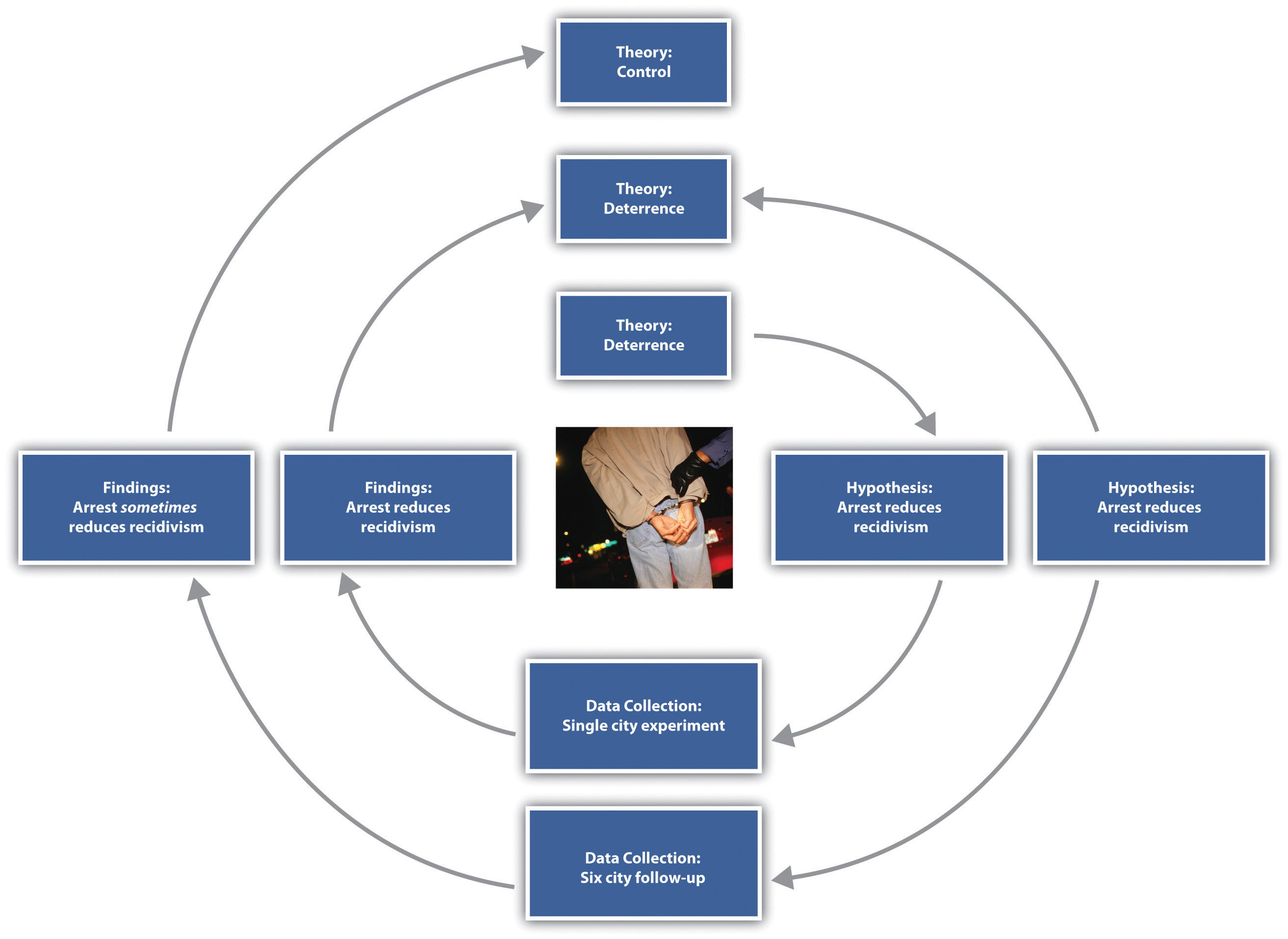This text provides a comprehensive guide to doing research in the social and behavioral sciences—from research design and sampling to collecting and analyzing data. Rich in examples, the book has been revised and updated to provide today's students with a conceptual understanding of each qualitative and quantitative technique, as well as showing them how to use it. 'The main strength of this text is coverage of both quantitative and qualitative methodology from a broad range of fields. The examples are often my students' favorite thing to discuss in class.' Gibson, University of South Carolina 'Bernard does an excellent job of not only showing how to practice research but also provides a detailed discussion of broader historical and philosophical contexts that are important for understanding research.' -Julian Kilker, University of Nevada, Las Vegas 'The depth of detailed descriptions (foundations of social research; interviewing, participant observation, field notes, and data analysis) go beyond other texts the organization is superb.' Colombi, University of Arizona Click to read what The Qualitative Report said about this title.
“The depth of detailed descriptions (foundations of social research; interviewing, participant observation, field notes, and data analysis) go beyond other texts that I’m aware of, and the organization is superb. The text contains strong descriptions of positivist versus humanistic traditions and splits in social research. It also includes great detail on how to successfully operationalize research variables. The discussion on theory as a “mechanism” and how to choose problems is easily understood and effective. Moreover, the author’s emphasis on making personal interest a high priority in choosing a research topic is critical and primary.”. Gigabyte P4 Titan Drivers. KEY FEATURES • Boxed features emphasize important material, explain theory, expand on key points, or highlight challenges or ethical issues. • Numbered steps for each method make it easier for students to follow along.


Research Methods in Anthropology. Qualitative and Quantitative Approaches. On reserve in a file in the anthropology office. Research Methods.
Review: Research Methods in Anthropology: Qualitative and Quantitative Approaches User Review - Chris Gager - Goodreads. Picked to represent a. Social Research Methods: Qualitative and Quantitative. And Mixed Methods Approaches quantitative research. EXAMPLES OF QUALITATIVE RESEARCH.
• A number of study aids in each chapter include new terms appearing in bold, a review of key concepts, research exercises, and recommendations for further reading. • Research stories—selected for their pedagogical value—illustrate major concepts and principles. SUPPLEMENTAL MATERIALS A password-protected instructor site at includes an instructor's manual, PowerPoint slides, and a test bank. The Further Reading section at the end of each chapter is expanded and the result is that the bibliography is about 60% larger than in the last edition.
People ask me why there are so many references to really, really old stuff. The reason is that I want students to know that the literature on research methods is very rich and I want them to know about many of the classics. Many examples have been updated, including new information about some of the classics. The separate chapter on searching the literature is gone from this edition because students are universally aware of the databases. Chapter 3 retains the information about the databases that I think are most important for students to control and instructions on how to use the databases effectively.
Sampling takes up three chapters in this edition, up from one in the first edition. A lot of progress has been made in the development of nonprobability methods of sampling, for example, so these are treated in a separate chapter.
In the first edition, I treated consensus analysis in the chapter on participant observation and on choosing informants. Install Centos 7 On Proliant Dl380 here. Consensus analysis has become much more widely used in the last 15 years. It is now described in greater detail in Chapter 16, on cultural domain analysis.
Choosing both key informants and specialized informants, however, remains in the chapter on nonprobability methods of sampling. Interviewing takes up three chapters in this edition, up from two in the first edition. In Chapter 8, on unstructured and semistructured interviewing, the sections on recording equipment and on voice recognition software (VRS) have been updated, and examples have been added or updated.
Chapters 9 and 10 are on two very different kinds of structured interviewing. Chapter 9 focuses on questionnaires and surveys. I've updated the material on computer-based methods and on Internet-based surveys and added material on the list experiment. Chapter 10 introduces methods used in cognitive science, including free lists, pile sorts, triad tests, and paired comparisons.